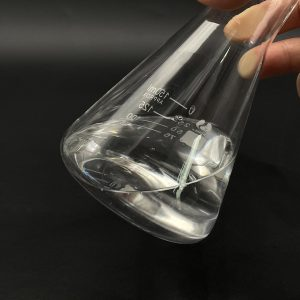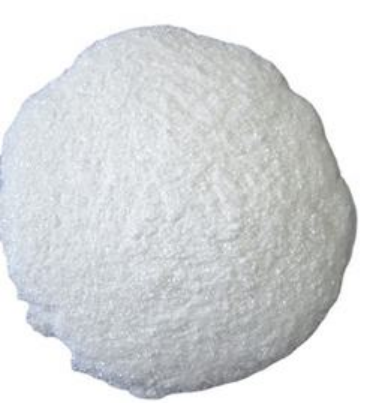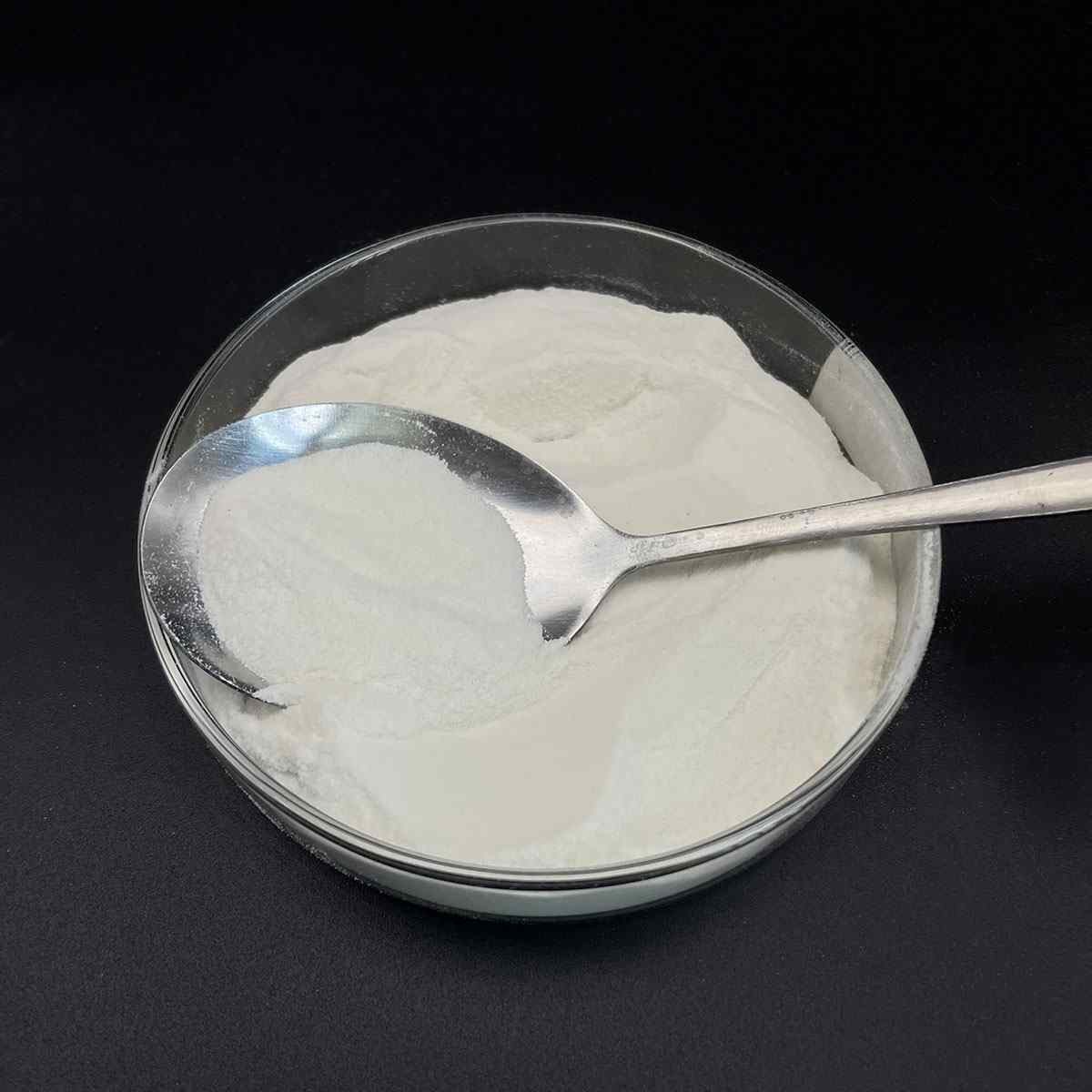1. Introduction
In the past 48 hours, major cosmetic retailers like Sephora and Ulta have announced expanded ‘sulfate-free’ beauty sections, responding to surging consumer demand for gentler, eco-friendly cleansers. This trend spotlights sodium lauryl sulfate (SLS)—a once-ubiquitous surfactant now under scrutiny. But what exactly is SLS, and how does it stack up against newer alternatives like alkyl polyglucoside, cocamidopropyl betaine, or sodium cocoyl isethionate? This deep dive unpacks the chemistry, functionality, and evolving role of SLS amid a rapidly shifting surfactant landscape.

2. What Is Sodium Lauryl Sulfate—and Why Does It Matter?
Sodium lauryl sulfate (SLS), also known as sodium dodecyl sulfate or natrium lauryl sulfate, is a classic anionic surfactant derived from lauryl alcohol (often sourced from coconut or palm kernel oil). Its molecular structure features a 12-carbon hydrophobic tail and a sulfate head group, making it highly effective at lowering surface tension, emulsifying oils, and generating rich lather. This is why SLS appears in everything from shampoos and toothpastes to industrial cleaners and even surfactant for herbicides. Despite its efficacy, SLS has drawn criticism for potential skin and eye irritation, especially at higher concentrations—fueling the rise of milder alternatives.
3. SLS vs. SLES: The Sulfate Sibling Rivalry

Often confused with SLS, sodium laureth sulfate (SLES)—also called sodium lauryl ether sulfate or sodium lauryl ether sulphate—is an ethoxylated version of SLS. The addition of ethylene oxide groups (making it an ethoxylated alcohol derivative) reduces its irritation potential while maintaining strong foaming power. SLES is widely used in shampoos and body washes as a gentler option. However, concerns about 1,4-dioxane contamination (a byproduct of ethoxylation) have led some brands to avoid it entirely. While both are anionic surfactants, SLES generally offers better compatibility with other ingredients and less aggressiveness on skin than SLS.
4. The Rise of Mild and Bio-Based Alternatives

As consumers seek sulfate-free formulas, formulators are turning to non-ionic and amphoteric surfactants that deliver cleansing without harshness. Alkyl polyglucosides like decyl glucoside and coco glucoside are bio surfactants derived from sugar and fatty alcohols—biodegradable, non-toxic, and extremely mild. Similarly, amino acid-based surfactants such as sodium cocoyl glutamate and sodium lauroyl sarcosinate offer effective cleansing with minimal irritation. These are increasingly found in ‘clean’ beauty products and baby care lines.
- Cocamidopropyl betaine (also labeled as coco betaine, amidopropyl betaine, or coco amido propyl betaine) is an amphoteric surfactant that works well with anionic systems to boost foam and reduce irritation.
- Sodium coco sulfate and coco sodium sulfate are milder anionic surfactants often marketed as ‘natural’ SLS replacements, though they still contain sulfate groups.
- Non-ionic surfactants like polysorbate 80, Span80, Pluronic 127 (poloxamer 188), and ethoxylated alcohols are common in herbicide formulations as surfactant for weed killer or lawn wetting agent due to their ability to spread and penetrate plant cuticles without foaming excessively.
5. Beyond Personal Care: SLS in Agriculture and Industry
SLS isn’t just for shampoo—it’s also used as a surfactant for herbicides and a wetting agent for grass. In agricultural contexts, it helps active ingredients adhere to and penetrate waxy leaf surfaces. However, methylated seed oil and lignin sulfonate are often preferred in modern agrochemicals for better rainfastness and lower phytotoxicity. Meanwhile, cationic surfactants like cetyl trimethyl ammonium bromide (CTAB or cetyltrimethylammonium bromide) serve entirely different roles—such as antimicrobials or fabric softeners—due to their positive charge, contrasting sharply with anionic SLS.
6. Safety, Misconceptions, and Market Shifts
Despite viral claims, SLS is not carcinogenic—regulatory bodies like the FDA and EU SCCS deem it safe at typical use levels. However, its potential for irritation, especially in leave-on products, has driven reformulation. Brands like Rohit Surfactants Private Limited now offer sulfate-free blends featuring sodium lauroyl methyl isethionate or sodium cocoyl isethionate to meet demand. The term ‘sls sodium lauryl sulfate’ often appears in ingredient lists, but savvy shoppers now scan for ‘sulfate laureth,’ ‘laureth sulphate,’ or ‘sls sulfate’ to avoid all sulfate-based surfactants—including SLES.
It’s worth noting that not all sulfates are equal: sodium dodecylbenzene sulfonate is a different anionic surfactant used in detergents, while sodium deoxycholate and sodium oleate are bile salt and soap-based surfactants, respectively. Fluoro surfactants and copper 1 bromide serve niche industrial roles and are unrelated to personal care.
7. Conclusion
Sodium lauryl sulfate remains a powerful, cost-effective surfactant—but its dominance is waning. As formulators balance performance, safety, and sustainability, alternatives like alkyl polyglucosides, amphoteric betaines, and amino acid-based surfactants are gaining ground. Whether you’re choosing a shampoo or formulating a weed killer, understanding the differences between anionic, cationic, non-ionic, and amphoteric surfactants is key. The future of surfactants lies not in eliminating sulfates entirely, but in selecting the right molecule for the right job—gentle where needed, potent where required.
Our Website founded on October 17, 2012, is a high-tech enterprise committed to the research and development, production, processing, sales and technical services of ceramic relative materials such as Sodium. Our products includes but not limited to Boron Carbide Ceramic Products, Boron Nitride Ceramic Products, Silicon Carbide Ceramic Products, Silicon Nitride Ceramic Products, Zirconium Dioxide Ceramic Products, etc. If you are interested, please feel free to contact us.


